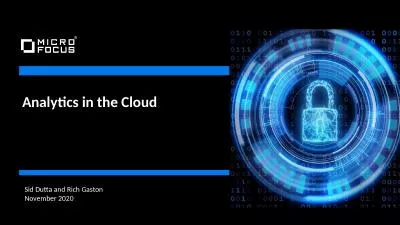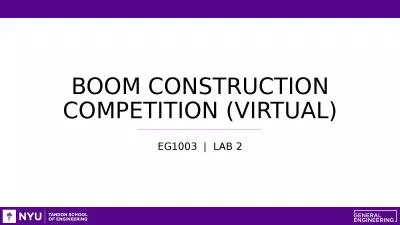PDF-BOOM Analytics Exploring DataCentric Declarative Programming for the Cloud Peter Alvaro
Author : sherrill-nordquist | Published Date : 2015-02-25
berkeleyedu Tyson Condie UC Berkeley tcondieeecsberkeleyedu Neil Conway UC Berkeley nrceecsberkeleyedu Khaled Elmeleegy Yahoo Research khaledyahooinccom Joseph M
Presentation Embed Code
Download Presentation
Download Presentation The PPT/PDF document "BOOM Analytics Exploring DataCentric Dec..." is the property of its rightful owner. Permission is granted to download and print the materials on this website for personal, non-commercial use only, and to display it on your personal computer provided you do not modify the materials and that you retain all copyright notices contained in the materials. By downloading content from our website, you accept the terms of this agreement.
BOOM Analytics Exploring DataCentric Declarative Programming for the Cloud Peter Alvaro: Transcript
Download Rules Of Document
"BOOM Analytics Exploring DataCentric Declarative Programming for the Cloud Peter Alvaro"The content belongs to its owner. You may download and print it for personal use, without modification, and keep all copyright notices. By downloading, you agree to these terms.
Related Documents

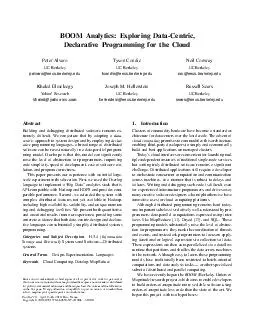







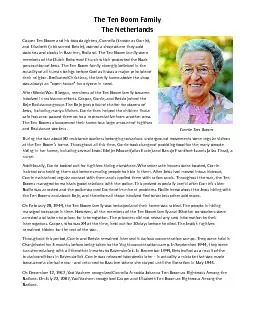
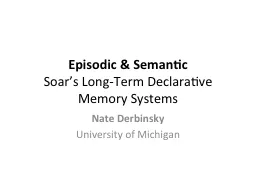
![[PDF]-Programming 3: Python Programming Professional Made Easy & C Programming Success](https://thumbs.docslides.com/980147/pdf-programming-3-python-programming-professional-made-easy-c-programming-success-in-a-day-c-programming-c-programming-c-programming-language-html-python-programming-python-java-php.jpg)
